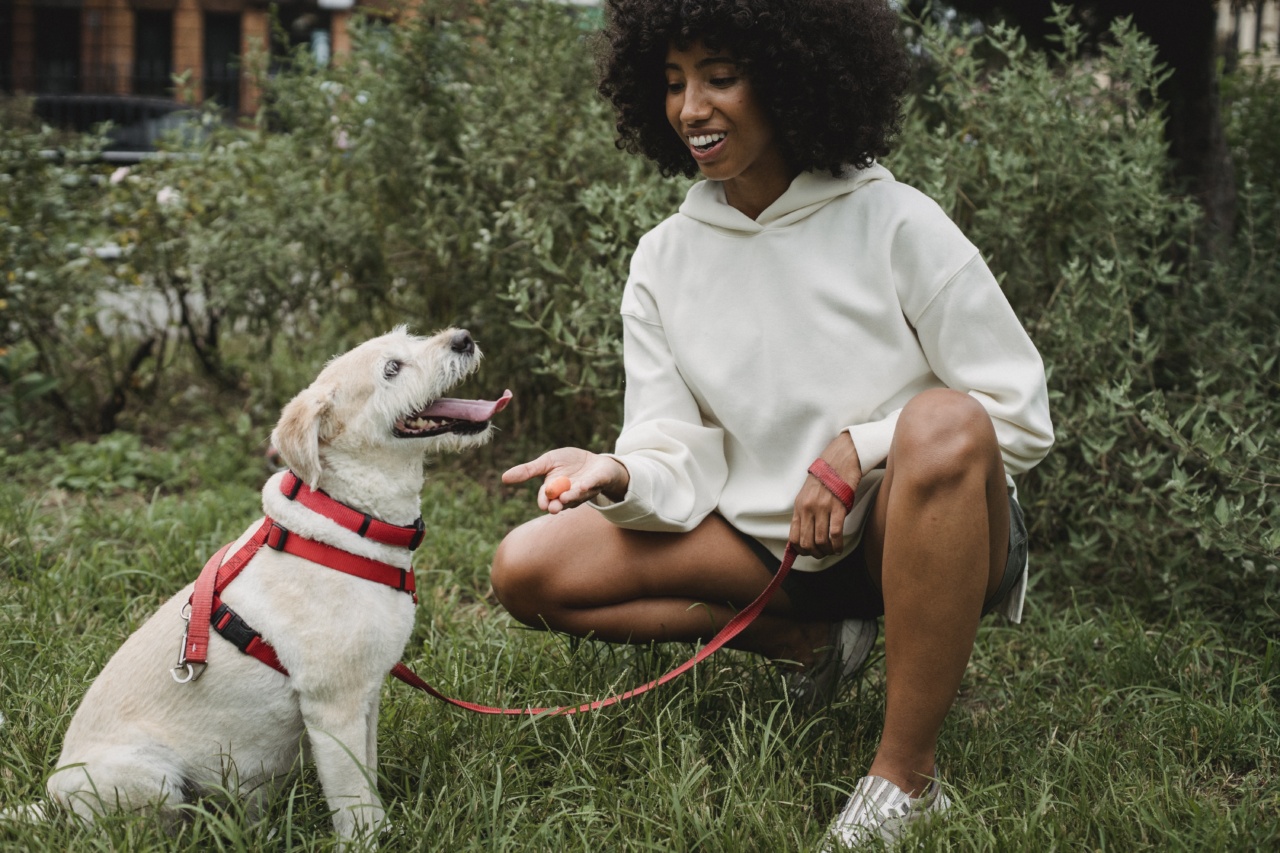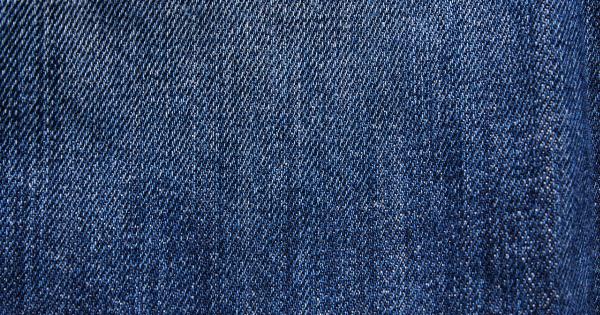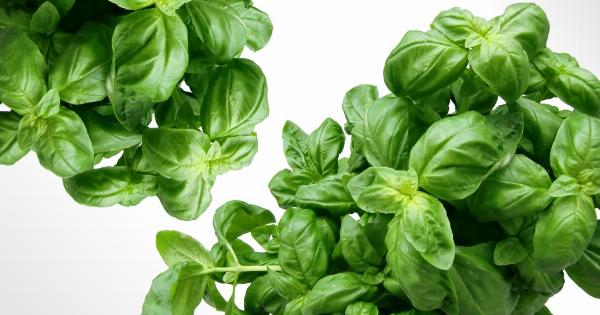One of the biggest responsibilities of a dog owner is providing them with the right nutrition. Many dog owners struggle to know what to feed their furry friend: commercial dog food, a raw diet or even a vegan diet.
The situation is furthermore complicated by what human food can be shared with dogs and what is toxic to their health. This article will provide insight into what, when, and how much to feed your four-legged friend to ensure optimal health.
Commercial Dog Food
Commercial dog food is the most convenient and accessible choice for dog owners. These foods meet all the basic nutritional requirements for a dog, and they come in some variety of flavors to suit your dog’s tastes.
However, not all commercial dog foods are equal; there are high-quality and low-quality choices of commercial food. More expensive foods tend to be of higher quality, while cheaper dog foods could be filled with additives, artificial flavors, and low-quality protein.
Pet owners should always read the ingredients, check the protein levels, and avoid fillers such as corn and soy to ensure the food is of good quality. Additionally, different life stages have different nutritional requirements, and owners should choose the appropriate dog food for their dog’s age and health status.
Raw Diet
Another feeding option that has gained popularity in the last few years is a raw diet. This diet involves feeding dogs raw meat, fruits, vegetables, and bones.
Supporters of a raw diet argue that it is more nutritious than commercial dog food, and it can reduce most of the health problems that dogs face. However, feeding a dog a raw diet requires strict hygiene and proper storage of the meat. There is a risk of bacterial infections, such as salmonella and E. coli, which could affect both the owner and dog.
It also might not be convenient for dog owners who do not have access to fresh food or the ability to store them correctly.
Vegan Diet for Dogs
Some owners try to impose their own dietary preferences on their dogs, and this could involve a vegan diet.
Owners who choose to feed their dogs a vegan diet need to carefully plan and supplement their dog’s diet to ensure they receive the proper nutrients, including protein, and vitamin B12. However, there is a lot of debate about whether dogs can thrive on a diet without meat, and it is essential to consult a veterinary nutritionist or veterinarian before imposing a vegan diet on your dog.
What Human Foods Can Dogs Eat?
Occasionally, dog owners might want to feed their dog some human food as a treat. While some human foods are safe for dogs, it is essential to know what your dog can and cannot eat. Some of the human foods that are safe for dogs include:.
- Fruits: Peaches, pears, and apples (no seeds), bananas, and watermelon (without the rind or seeds).
- Veggies: Carrots, green beans, and sweet potatoes (cooked or steamed).
- Protein: Chicken, turkey, and lean beef (without sauces or seasoning), eggs, yogurt, and cheese (in moderation).
On the other hand, some human foods are toxic to your dogs and should be avoided at all costs. Some of the foods that pet owners should never give their dogs include:.
- Chocolate & Coffee: Chocolate, coffee, and caffeine are toxic to dogs and could cause vomiting, seizures, and even death.
- Alcohol: Even small amounts of alcohol can disturb the digestive system and lead to dangerous changes in blood sugar and body temperature.
- Onions & Garlic: Garlic and onions contain compounds that can cause damage to dogs’ red blood cells, leading to anemia.
How Much to Feed Your Dog?
The amount of food your dog needs depends on a few factors, including their age, breed, activity level, and weight.
Generally, dogs should be fed two meals a day, and the recommended serving size should be on the dog’s food bag or stated by the vet. Owners should always measure their dog’s food, rather than guessing, as overfeeding can lead to obesity and a reduced lifespan. Dogs should also have access to enough clean drinking water, especially when they eat dry food.
When to Feed Your Dog?
Many vets recommended that dogs eat at the same time every day. Dogs thrive on routine, and a fixed feeding schedule can help them maintain their optimal health. Early morning and early evening are recommended times for feeding.
Additionally, pet owners should avoid feeding their dog too close to bedtime and give them plenty of time to digest. This can help avoid tummy aches, and during the night, and also, it can be a good time to work on training and socialize with your furry friend.
The Bottom Line
Feeding your dog a proper diet is essential for their overall health and wellbeing. Commercial food is the most convenient option, but some dogs benefit from raw or vegan diets.
Pet owners should always check the ingredients of their dog’s food to ensure that they are of good quality and have appropriate nutritional values. Human foods, when chosen carefully, can be a great treat for your dog. It is important to know how much to feed your dog and when to feed it, to maintain a healthy schedule.
As with any diet changes or feeding queries, it is always best to consult a veterinarian or specialist before making any drastic changes.
























